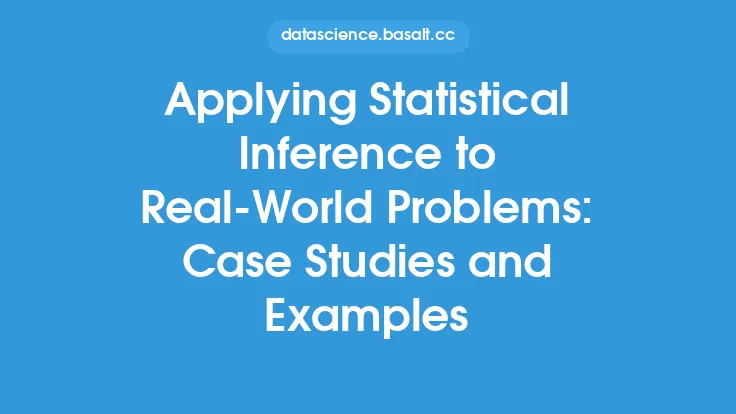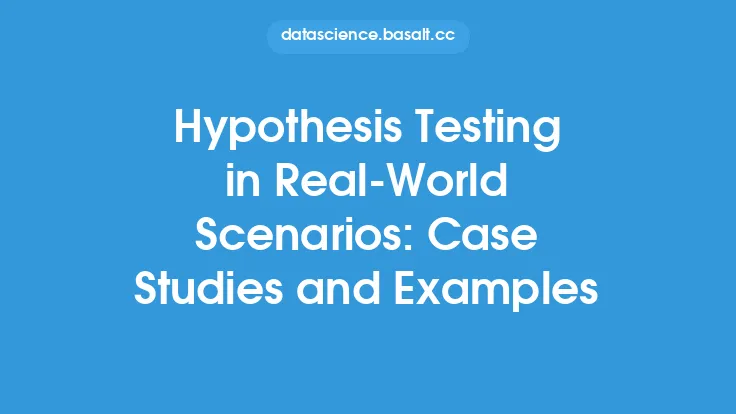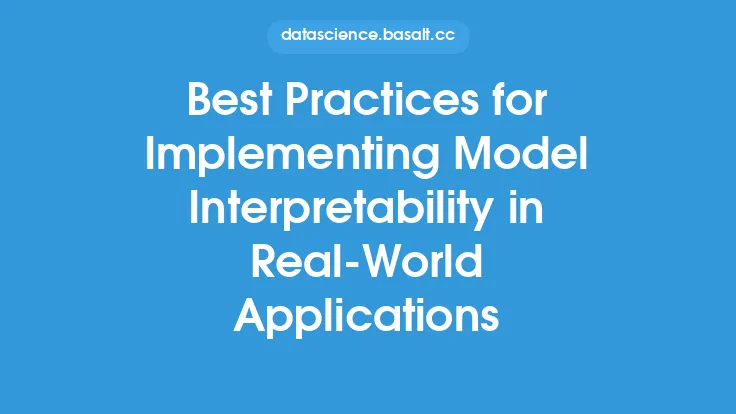In the realm of statistics, confidence intervals are a crucial tool for estimating population parameters and quantifying the uncertainty associated with these estimates. While the concept of confidence intervals is well-established, their practical applications and real-world examples are diverse and far-reaching. This article delves into the various ways confidence intervals are used in practice, highlighting their importance in data-driven decision-making across different fields.
Introduction to Confidence Intervals in Practice
Confidence intervals provide a range of values within which a population parameter is likely to lie, given a certain level of confidence. This concept is fundamental in statistical analysis, as it allows researchers and practitioners to make informed decisions based on sample data. The construction of a confidence interval involves specifying a confidence level, which is the probability that the interval will contain the true population parameter. Common confidence levels include 90%, 95%, and 99%, with higher confidence levels resulting in wider intervals.
Applications in Medical Research
In medical research, confidence intervals are used extensively to estimate the efficacy of treatments, the prevalence of diseases, and the risk associated with certain factors. For instance, in clinical trials, confidence intervals can be used to compare the response rates of different treatments. A confidence interval for the difference in response rates between two treatments can help determine whether one treatment is significantly more effective than the other. Additionally, confidence intervals can be used to estimate the odds ratio, which is a measure of the strength of association between a risk factor and a disease.
Applications in Business and Economics
In the business and economics sectors, confidence intervals are applied to estimate parameters such as the mean return on investment, the proportion of customers who prefer a particular product, and the regression coefficients in econometric models. For example, a company may use a confidence interval to estimate the average amount spent by customers on a particular product, helping them to make informed decisions about pricing and inventory management. Confidence intervals can also be used in quality control, where they help in estimating the proportion of defective products in a manufacturing process.
Applications in Social Sciences
In the social sciences, confidence intervals are used to estimate population parameters such as the proportion of people who support a particular policy, the mean score on a psychological test, and the correlation coefficient between two variables. For instance, in political science, confidence intervals can be used to estimate the percentage of voters who intend to vote for a particular candidate, helping pollsters and political strategists to understand public opinion and make predictions about election outcomes.
Technical Considerations
From a technical standpoint, the construction of confidence intervals involves several considerations, including the choice of the confidence level, the sample size, and the underlying distribution of the data. For large samples, the central limit theorem can be invoked to construct confidence intervals using the normal distribution, regardless of the underlying distribution of the data. However, for small samples, the choice of distribution is critical, and alternative methods such as bootstrapping or the use of t-distributions may be necessary.
Real-World Examples
Several real-world examples illustrate the practical application of confidence intervals. For instance, the US Census Bureau uses confidence intervals to estimate the population size of different regions, taking into account the uncertainty associated with their estimates. In finance, confidence intervals are used to estimate the value-at-risk (VaR) of a portfolio, which is the maximum potential loss over a given time horizon with a given probability. In environmental science, confidence intervals can be used to estimate the concentration of pollutants in a water source, helping policymakers to make informed decisions about water quality standards.
Challenges and Limitations
Despite their widespread application, confidence intervals are not without challenges and limitations. One of the main limitations is the assumption of a random sample, which may not always be met in practice. Additionally, the choice of confidence level can be somewhat arbitrary, and different confidence levels can lead to different conclusions. Furthermore, confidence intervals do not provide a direct measure of the probability that the true parameter lies within the interval, which can lead to misinterpretation.
Best Practices
To ensure the effective use of confidence intervals in practice, several best practices should be followed. First, it is essential to clearly define the research question and the population parameter of interest. Second, the choice of confidence level should be justified based on the research context and the potential consequences of making a wrong decision. Third, the sample size should be sufficient to achieve the desired level of precision, and the underlying distribution of the data should be carefully considered. Finally, the results should be interpreted in the context of the research question, taking into account the limitations and potential biases of the study.
Conclusion
In conclusion, confidence intervals are a powerful tool in statistical analysis, with a wide range of applications across different fields. By providing a range of values within which a population parameter is likely to lie, confidence intervals help researchers and practitioners to make informed decisions based on sample data. While there are challenges and limitations associated with the use of confidence intervals, following best practices and carefully considering the research context can help to ensure their effective use in practice. As data-driven decision-making becomes increasingly important in today's world, the role of confidence intervals in providing a quantitative measure of uncertainty will continue to grow.





